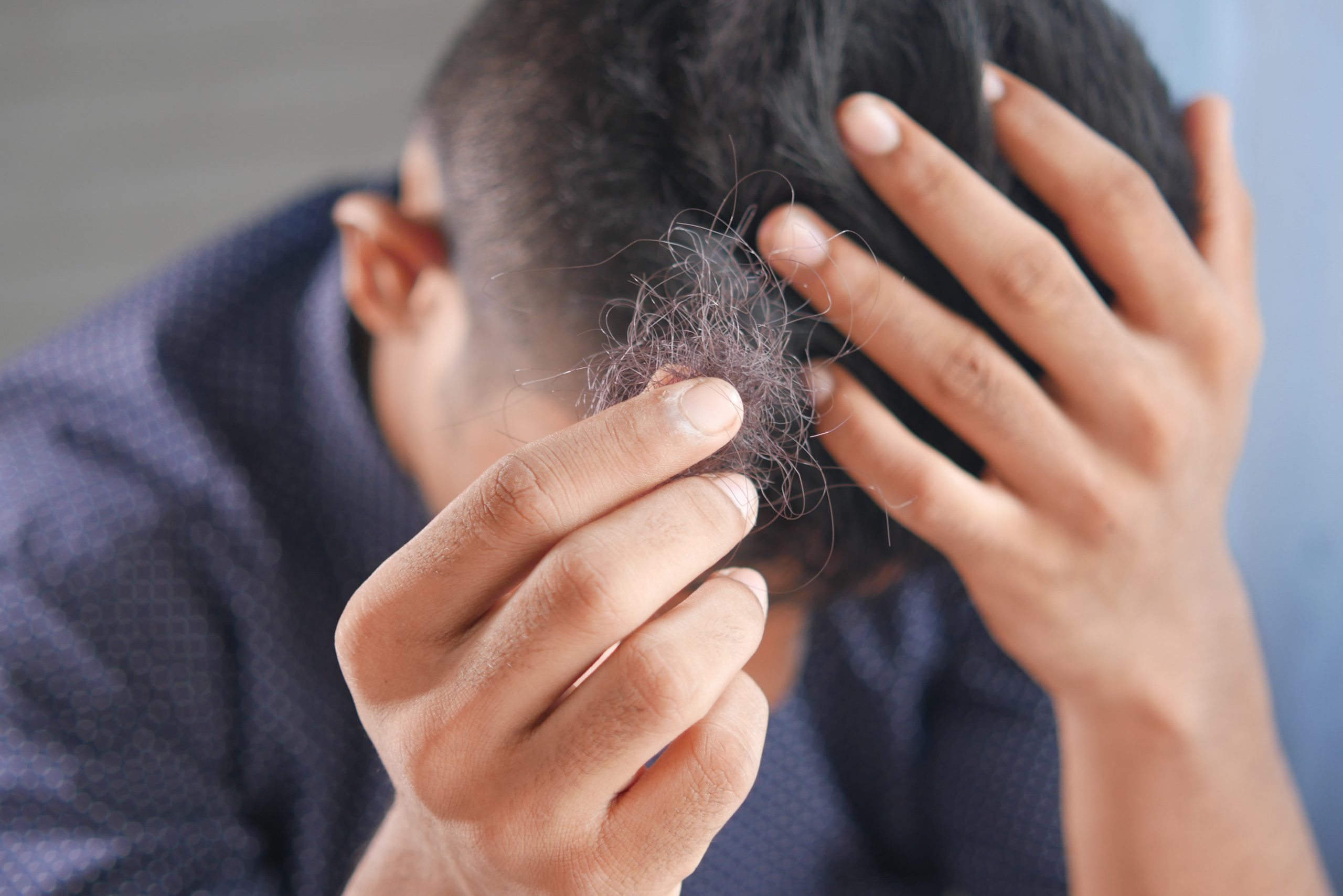
November 22th 2021
When you experience a very pronounced hair loss in which the hair that falls does not grow back, it is very likely that you are facing some type of alopecia. It is a pathology that affects many men and women, but depending on its effects, among others, we will be facing one type or another. One of these variants can be alopecia areata. Next, we tell you what are the symptoms of alopecia areata and how to treat it.
Alopecia areata is defined as a type of alopecia of which its origin is not known. What we can confirm is that it is a hair pathology of autoimmune origin, that is, it is the person's own immune system that attacks the hair follicles causing them to fall.
This hair loss can occur in both men and women indistinctly and can appear at any age.
As we discussed before, alopecia areata is autoimmune, but the specific cause that triggers it is unknown. However, it is true that the genetic factor is thought to play an important role in this.
Another factor that can be considered as an apparent cause of the development of alopecia areata is stress. Besides the hair loss due to stress Commonly known, suffering pronounced and continuous stress peaks over time can lead to alopecia areata.
To know if we are facing this type of alopecia, it is important to know the symptoms of alopecia areata.
The peculiarity of alopecia areata lies in the way the hair falls out. Unlike others, our doctors indicate that this fall causes the appearance of bald spots in the form of characteristic patches around the head.
These hairless patches are usually not larger than the size of a coin, and the skin also appears smooth.
Just as one of the most characteristic symptoms of alopecia areata is the appearance of circular patches without hair, this loss can also occur on the eyebrows, beard or eyelashes.
Although it does not usually occur very frequently, sometimes the appearance of pustules in the hairless patches can be another of the symptoms of alopecia areata. In these cases, These pustules are itchy and burning.
Once the symptoms of alopecia areata are recognized, it is highly recommended to go to an expert doctor in the hair sector to determine the procedure to follow in each case.
Normally, the recommended treatment to alleviate the effects of alopecia areata is the use of corticosteroids either in pills, or topical through injections or lotions and creams.

A correct previous diagnosis is the key to treat alopecia areata in time. It must be an expert medical team who evaluates and determines which is the best option in each particular case. On Hospital Capilar We have the best professionals in the sector to take care of your hair health.
Sanitary Reg. No. Pontevedra: C-36-003121 Sanitary Reg. No. Madrid: C517593 Sanitary Reg. No. Murcia: 30800014


Copyright © 2021 - Legal Notice and Privacy Policy - Cookies policy